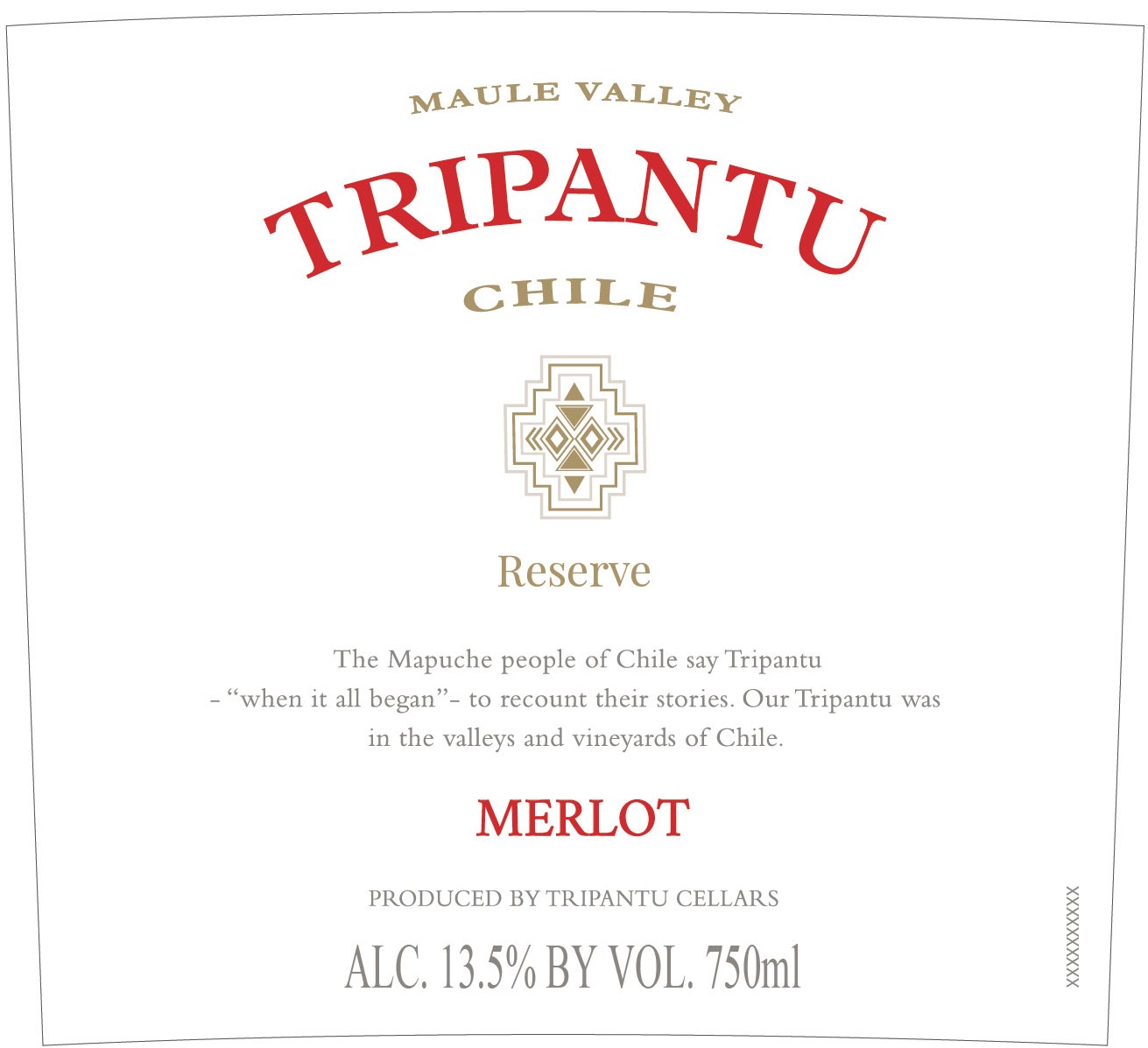2019 Maule Valley Merlot
The Tripantu Reserve Merlot from the esteemed Maule Valley beckons with its deep red hue, setting the stage for a delightful tasting experience. This 2019 vintage showcases the characteristic smoothness of the Merlot varietal, presenting a medium-bodied profile that envelops the palate with an inviting richness. The wine possesses a well-balanced acidity, providing a refreshing lift while enhancing its overall expression. The fruit intensity shines brightly, revealing luscious notes of ripe blackcurrant and plum, complemented by subtle hints of vanilla and spice that add complexity. The tannins are smooth and approachable, effortlessly supporting the wine's structure. With a dry finish, this Merlot is truly enjoyable whether sipped on its own or paired with a hearty meal, making it a wonderful choice for any occasion.
The Tripantu Reserve Merlot from the esteemed Maule Valley beckons with its deep red hue, setting the stage for a delightful tasting experience. This 2019 vintage showcases the characteristic smoothness of the Merlot varietal, presenting a medium-bodied profile that envelops the palate with an inviting richness. The wine possesses a well-balanced acidity, providing a refreshing lift while enhancing its overall expression. The fruit intensity shines brightly, revealing luscious notes of ripe blackcurrant and plum, complemented by subtle hints of vanilla and spice that add complexity. The tannins are smooth and approachable, effortlessly supporting the wine's structure. With a dry finish, this Merlot is truly enjoyable whether sipped on its own or paired with a hearty meal, making it a wonderful choice for any occasion.




